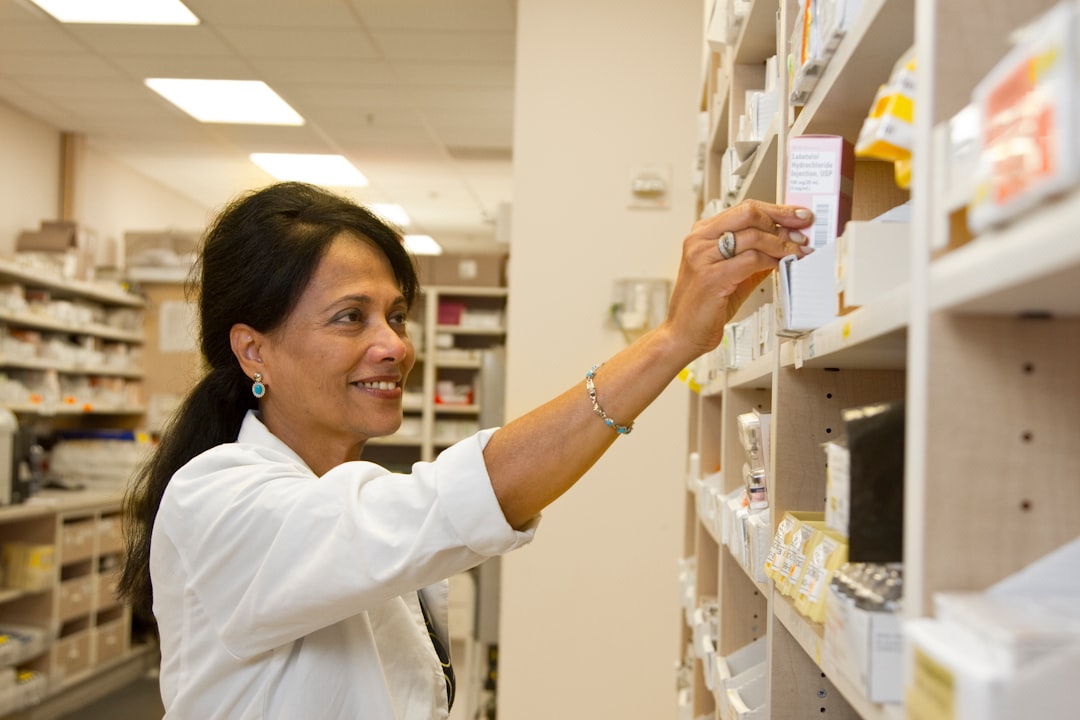What is it about?
This article describes a web tool named CERA that simplifies the process of analyzing medical tests to find the best scoring threshold—a crucial "line in the sand"—that determines whether a test result suggests a disease is likely or not. Normally, figuring out this threshold requires complex calculations and coding knowledge, but CERA makes it easier by providing a user-friendly interface and using ChatGPT to help interpret the results.
Featured Image

Photo by Stephen Dawson on Unsplash
Why is it important?
Determining the optimal threshold for medical tests is vital for accurate diagnosis. A threshold that's too low could mean diagnosing people with a disease they don't have, while one that's too high might miss those who actually have the disease. CERA is important because it gives medical professionals a reliable and straightforward tool to find this balance, ensuring better diagnostic decisions without needing advanced statistical skills.
Perspectives
From my point of view, CERA stands out because it democratizes the use of advanced statistical methods in medicine. By bringing ChatGPT into the mix, it's like having a statistics expert by your side, explaining the significance of the data in plain language. This means that healthcare professionals can focus more on patient care and less on the technicalities of test analysis. It's an exciting step towards integrating AI into everyday medical practices to improve health outcomes.
melih agraz
Brown University
Read the Original
This page is a summary of: ChatGPT-Enhanced ROC Analysis (CERA): A shiny web tool for finding optimal cutoff points in biomarker analysis, PLoS ONE, April 2024, PLOS,
DOI: 10.1371/journal.pone.0289141.
You can read the full text:
Contributors
The following have contributed to this page










